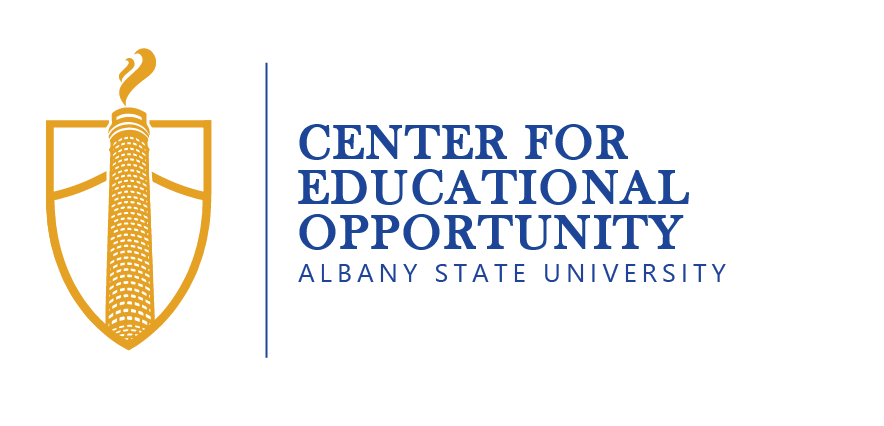Lessons Learned From Telecommuting
This article appeared in the March 26, 2020 Society for Human Resources Management Newsletter
https://www.shrm.org/resourcesandtools/hr-topics/employee-relations/pages/viewpoint-lessons-learned-from-telecommuting.aspx
I am not a human resources professional. But after only a few days in my role as director of a small research team at a public university, I began to put on my HR management thinking cap to better understand how organizations measure human capital and what value individuals really bring to their organizations.
As at many universities across the nation, our faculty and staff have been required to telecommute to flatten the curve of the COVID-19 pandemic, and each employee on my team was required to complete a telecommuting agreement.
I soon wondered, “How productive are our employees working remotely?” One strategy that I deployed, while hoping not to be considered micromanaging, was to ask my team to send a daily, bulleted list of SMART (strategic, measurable, attainable, realistic, timely) outcomes, akin to SMART goals. Doing so helped them see their own productivity in black and white, and it helped me see who was delivering outcomes and who was falling short.
The coronavirus struck during annual evaluations, when employees are asked to complete portfolios and self-assessments. As a former chair, an interim dean and now a director, I must admit that the most challenging part of the job has always been the responsibility of sharing with a faculty member how he or she “needs improvement” in some areas while “exceeding expectations” in others.
Most employees think they are better than they actually are, and most employers have underestimated the brand of talent their organizations need to move from good to great. Jim Collins writes in his book Good to Great: Why Some Companies Make the Leap … and Others Don’t (HarperBusiness, 2001) about the importance of getting the right people in the organization at the start. If organizations don’t, then being successful will be a challenge.
To that end, I immediately began to think of the questions I will pose to my staff during evaluations, as well as those I will answer myself. The COVID-19 telecommuting requirements have helped me to rethink who is on my team, what professional development they need, and how the absence and presence of skills found in my collective staff can either be wasted or strengthened as we telecommute.
Post-COVID-19, some employees may stay while others may not. Many factors may play a role in that decision—economic, social, political, etc.—but the most important factor is an assessment of the value that people bring.
My 92-year-old mother was a domestic worker who cleaned the homes of wealthy families during my entire childhood. She barely made minimum wage and was often called to work on weekends for special events and parties held by those wealthy families. My mother never called in sick and never missed a day of work because of winter storms. She took the bus from Detroit to the suburbs of Bloomfield Hills, Mich., and never let her personal life interfere with her professional life.
What my mother did, for which I am forever grateful, was lead by example. She worked hard, no matter how much she earned. Her paycheck did not dictate the effort she put into her job. She used what she earned to raise a family, always had a rainy-day fund and never complained about her financial situation. It was clear that the value she provided was essential, as in her absence the wealthy families were often simply at a loss.
During this time, employers and employees alike must make difficult choices. Here are a few questions to consider:
What value do you add to the organization? Such value is measured by real outcomes (intellectual or tangible) compared to assumed outcomes (e.g., busywork or paper shuffling).
What skills and talents do you bring that no one else could render to the organization? Yes, several people possess many of the same skills, but what skills and talents do you have that are tightly aligned with the mission and vision of your organization?
If you are removed from your current position today, will the organization be at a loss without you?
What are some of the insights you’re finding related to human capital and productivity at your workplace? I’d like to hear from you.
Kathaleena Edward Monds, Ph.D., is the founding director of the Center for Educational Opportunity at Albany State University, a public historically black college and university in Albany, Ga.












